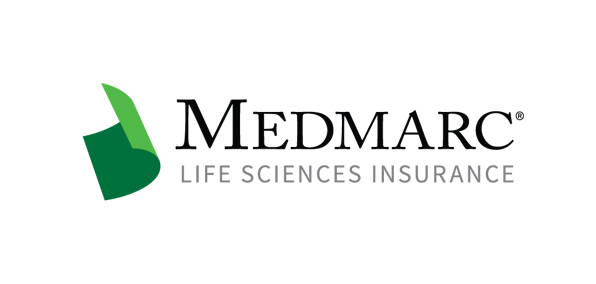Large Entity or Small Entity: A Confusion in the Distinction Could Cause You to Lose Your Patent
Anyone who has obtained a patent can attest that it is an expensive endeavor. The United States Patent and Trademark Office (USPTO) requires a fee for nearly every step taken by the applicant. These fees can add to upwards of $15,000. However, the USPTO has separate fee schedules for large, small, and micro entities. Small entities receive a 50% reduction, approximately, in most fees. This fee reduction attempts to ensure that there is no undue financial burden placed on small organizations with regards to protecting their property rights in their inventions. It also promotes progress by ensuring that intellectual property protection is accessible to all inventors. Due to the expensive nature of acquiring a patent, small entities are generally vigilant about retaining their “small entity status.”
Small entity status is defined as “an entity that: (i) is a nonprofit organization; OR (ii) does not, together with all affiliates, have 500 or more employees; AND has not assigned, licensed or otherwise conveyed an interest in the invention to a non-small entity. The USPTO has defined four categories of concerns that qualify as “small entity”: a university, a nonprofit organization, an individual inventor, or a small business concern[i]”. The exception to the prohibition against granting a license is that a small entity may convey a license to another small entity. The part of this definition that affects most small entities is the inability to convey a license to any large entity without losing small entity status. Understanding this definition is important to medical device startup companies. If you have a large entity investor, and this investor has some control over the startup, you do not have small entity status. Under these circumstances, if you mistakenly identify yourself as a small entity and pay small entity fees, your patent may become null and void despite the time, money, and effort spent obtaining it.
On January 21, 2021, the USPTO carved out a further exception which expands the definition of small entity. The new rule allows small entities to grant licenses to their patents to the US government (which is a large entity) and still retain small entity status. This rule was enacted to encourage cooperation between small entities and the federal government without fear of losing small-entity status and the fee discount it comes with.
What this means for inventors in small medical device companies is – granting a license to the federal government for your patent, or even your patent application, will not nullify your small entity status. Further, collaboration between an inventor and the federal government that results in a new invention created under a cooperative research and development agreement (CRADA) does not affect small entity status. This is intended to bolster inventiveness by reducing costs and grant small entities access to larger funds for research and development while still allowing these small entity inventors to retain the title to their patents.
Small medical device startups should retain legal counsel when applying for a patent to ensure their property rights are fully protected.
[i] http://www.whda.com/whda/assets/file/small%20and%20micro%20entity%20status%20requirements.pdf
For additional resources contact the Marketing department
Phone: 888-633-6272
Medmarc is a member of ProAssurance Group, a family of specialty liability insurance companies. The product material is for informational purposes only. In the event any of the information presented conflicts with the terms and conditions of any policy of insurance offered from ProAssurance, its subsidiaries, and its affiliates, the terms and conditions of the actual policy will apply.
Copyright © 2026 - Medmarc
